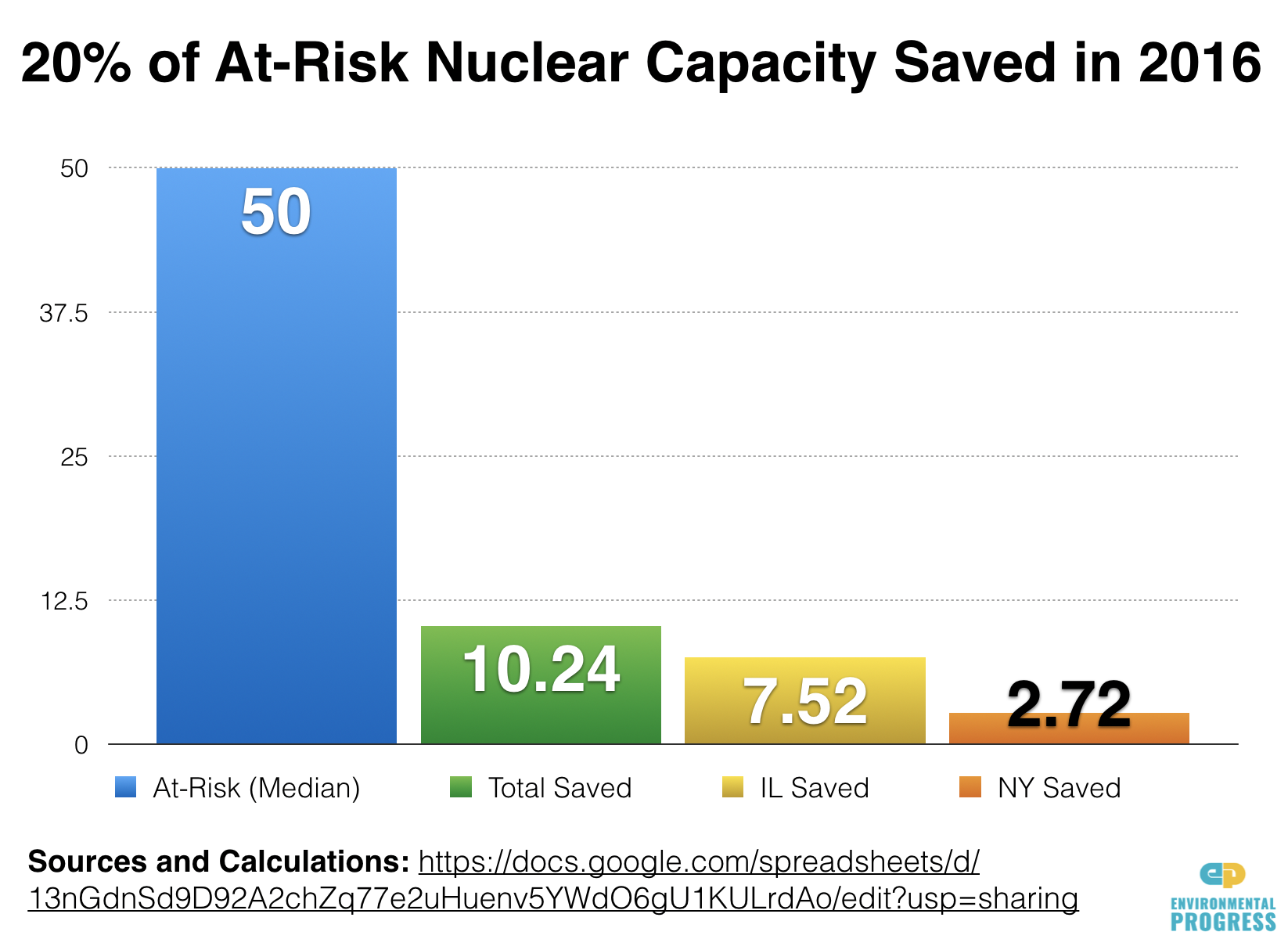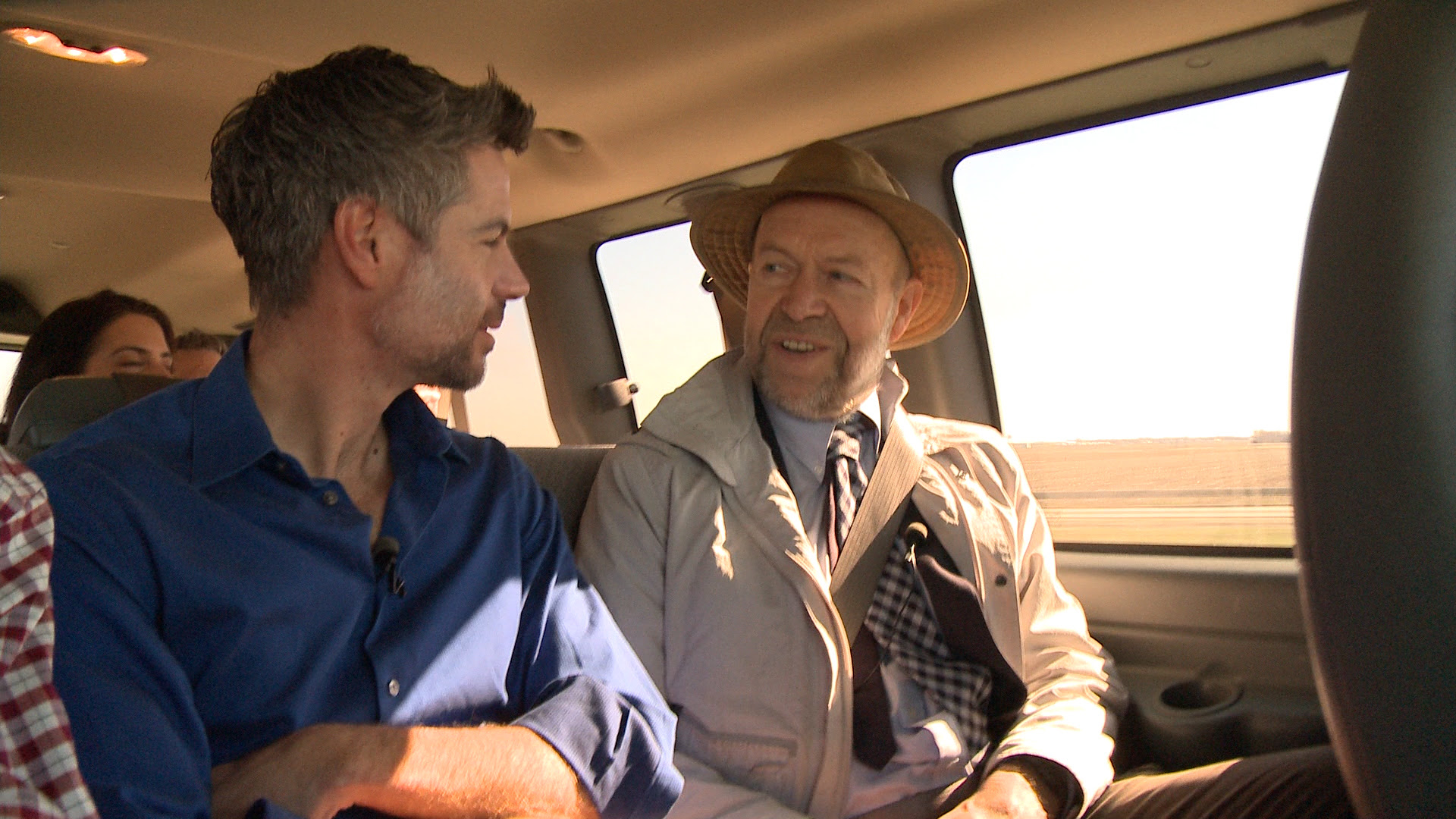Hernán Estrada Román, Resident Representative of Nicaragua to the
IAEA, depositing his country’s instrument of acceptance of the
Amendment to the CPPNM to IAEA Director General Yukiya Amano. Nicaragua
was the 102nd country to accept the Amendment, triggering its entry into
force. (Photo: D. Calma/IAEA)
Nuclear Safety
An intense programme of peer-review missions requested by Member
States helped strengthen nuclear safety globally. Among notable
missions were an Integrated Regulatory Review Service (IRRS) to Japan,
where the team
concluded
that the regulatory body for nuclear and radiation safety had
demonstrated independence and transparency since it was set up in 2012.
South Africa hosted its first full-scope IRRS mission, and the largest in Africa to date, while
China — the country with the highest number of power reactors under construction globally — hosted a follow-up IRRS mission.
The adoption of the
Leadership and Management for Safety
by the Board of Governors in June concluded the Agency’s work to update
all seven of its General Safety Requirements publications, which apply
to all nuclear facilities and activities. These form an important part
of the IAEA’s overall series of Safety Standards, which includes more
than 100 publications, most of which are for particular technical areas.
Zika
The IAEA acted quickly to help countries in Latin America and the Caribbean respond to the outbreak of the
Zika virus by applying the
Sterile Insect Technique (SIT),
as part of an integrated strategy to control the disease. The
assistance has been implemented in coordination with the World Health
Organization (WHO), the Pan American Health Organization (PAHO) and
national health authorities, and integrates all relevant insect
management approaches, including site inspections and fumigation. By
providing
portable equipment
for the rapid detection of the virus, as well as the necessary
training, the IAEA also helped countries apply a nuclear-derived
technique to quickly and accurately detect the Zika virus.






 We co-founded the Clean Power Coalition, an alliance of pro-nuclear
groups and students, in Chicago, to fight to save and expand nuclear
energy.
We co-founded the Clean Power Coalition, an alliance of pro-nuclear
groups and students, in Chicago, to fight to save and expand nuclear
energy.

 But with the momentum we built up in 2016, and with your help, we can achieve more critical victories in 2017. Here's how.
But with the momentum we built up in 2016, and with your help, we can achieve more critical victories in 2017. Here's how.








